This is the comprehensive guide to asafetida. Learn how this spice is used in Indian cooking!
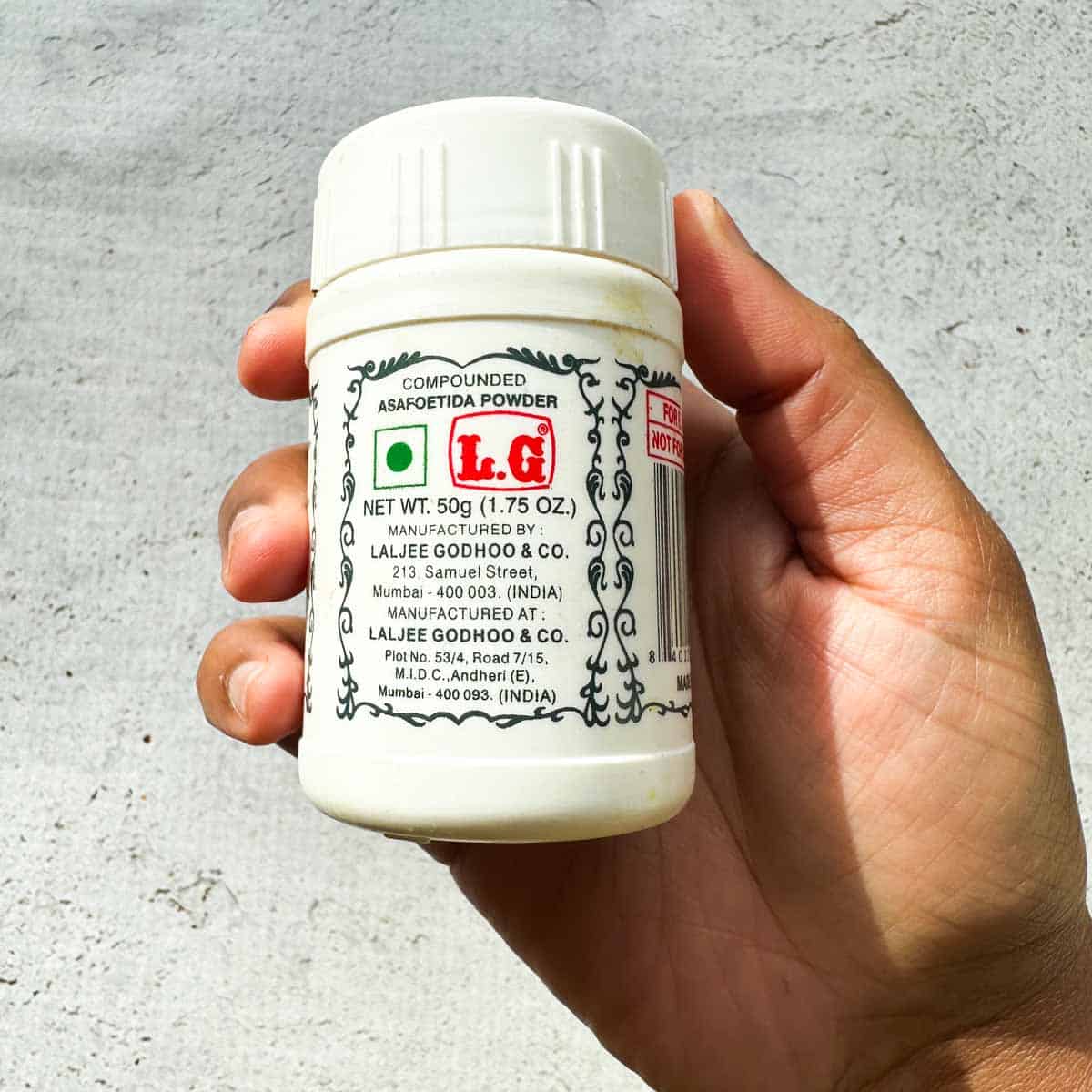
Jump to:
What is it?
Asafetida, also known as asafoetida, hing (Hindi), and perungayam (Tamil), is a spice which is the resin of a plant from the celery family. It is most commonly sold in a powder form that has a very pungent sulfuric smell.
How to use asafetida in Indian cooking?
- In place of onions and garlic - Asafetida mimics the taste of alliums like onions and garlic. There is a portion of the Indian population, most notably some who follow Jainism, that do not consume onions and garlic and use asafetida as a substitute.
- Directly into oil with other spices - Hing acts as a flavor enhancer and is usually added in small quantities directly to oil.
- With lentils and hard to digest food - As a rule of thumb, my mom adds a bit of asafetida to anything that may be hard for the tummy to digest like lentil or bean dishes!
- A little goes a long way. Asafetida is VERY potent so a little goes a long way. In most recipes, you are likely to use ⅛ - ½ teaspoon.
Where to buy it?
Asafetida is mostly found at Indian grocery stores as hing but can also be found online.
 Buy Now →
Buy Now → Substitutes for hing
Typically, if you don't have hing around, you can simply omit it from the recipe. It is a background taste in dishes that is hard to substitute with any dry spice alone. However, you can optionally add garlic or onions to your dish to mimic the umami flavor that hing adds.
Recipes that use asafetida
Check out these two dal recipes as well as this Indian pickle (achar) that utilize a bit of asafetida to add some background flavor!
Please leave a comment below letting me know what you thought of this article and if it was helpful to you! I always love hearing your questions and your comments 🙂





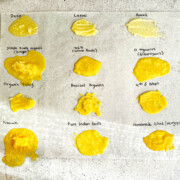
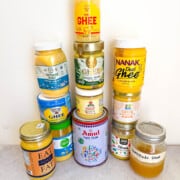


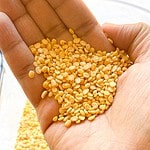
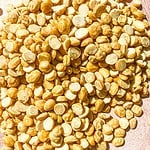
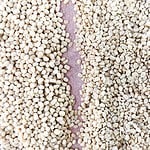
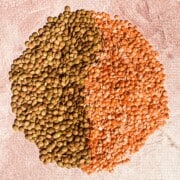

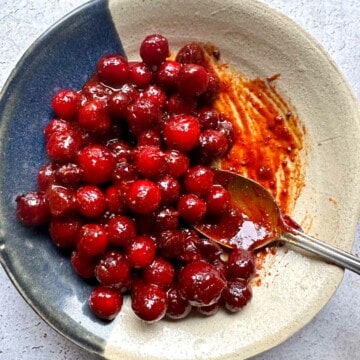

Leave a Reply